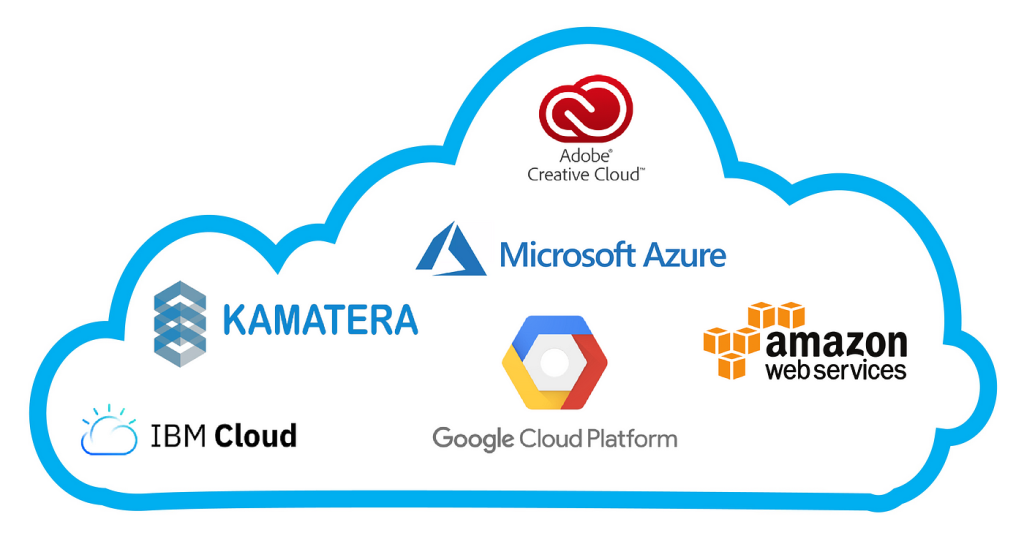
In today’s digital age, businesses of all sizes embrace cloud computing for its scalability, flexibility, and cost-efficiency. However, with numerous providers available, selecting the right cloud services can be overwhelming. In this article, we will break down the process into simple steps, ensuring that you make informed decisions that align with your unique business needs.
1. Assess Your Business Needs
Before embarking on your cloud journey, take a step back and evaluate your business requirements. What are your goals, and how can the cloud help you achieve them? Do you need storage solutions, computing power, or both? Understanding your needs is the first step in selecting the right cloud services.
2. Determine Your Budget
Budget considerations play a significant role in choosing cloud services. Cloud providers offer a range of pricing models, including pay-as-you-go and subscription-based plans. Create a budget that considers not only the cost of services but also potential hidden charges like data transfer fees. Be realistic about your financial capabilities to avoid overspending.
3. Understand Cloud Service Models
Cloud services typically fall into three primary categories:
- Infrastructure as a Service (IaaS): Provides virtualized computing resources over the internet, such as virtual machines and storage.
- Platform as a Service (PaaS): Offers a platform that enables developers to build, deploy, and manage applications without worrying about infrastructure.
- Software as a Service (SaaS): Delivers software applications via the cloud, eliminating the need for installation and maintenance.
Each model serves different purposes. For example, if you want more control over your infrastructure, IaaS may be the way to go. PaaS is ideal for developers looking to streamline application deployment, while SaaS is great for businesses seeking turnkey solutions like email or office productivity software.
Read More About Cloud Service Model.
4. Research Cloud Service Providers
Once you have a clear understanding of your needs and budget, it’s time to research cloud service providers. The major players, such as Amazon Web Services (AWS), Microsoft Azure, and Google Cloud Platform (GCP), dominate the market. However, several niche providers may cater to specific industry needs or offer unique features.
Research each provider’s offerings, features, and reputation. Read reviews, case studies, and testimonials to gain insights into their performance and customer satisfaction levels. Additionally, consider factors like data center locations, compliance certifications, and the availability of support and resources.

5. Consider Security and Compliance
Data security is paramount in today’s digital landscape. Ensure that your chosen cloud provider adheres to strict security standards and offers robust data encryption and access controls. Assess their compliance certifications, especially if your business operates in a regulated industry.
6. Evaluate Scalability and Performance
Scalability is one of the cloud’s key advantages. Your cloud services should be able to scale up or down based on your business’s changing needs. Evaluate the provider’s ability to handle traffic spikes and ensure that their infrastructure can support your anticipated growth.
7. Test Before You Commit
Most cloud providers offer free trials or a limited free tier that allows you to test their services before making a commitment. Take advantage of these offerings to get a firsthand experience of the platform. This will help you assess usability, performance, and compatibility with your applications.
8. Plan for Data Backup and Recovery
Data loss can be catastrophic for any business. Understand the cloud provider’s data backup and recovery options. Ensure that your data is regularly backed up and that you have access to backups in case of emergencies.
9. Check for Vendor Lock-In
Vendor lock-in can be a concern when migrating to the cloud. Ensure that the cloud services you choose allow you to easily move your data and applications in and out of the platform without excessive costs or technical challenges.
10. Consider Future-Proofing
Technology evolves rapidly. Look for a cloud provider that continually innovates and adapts to new trends and technologies. This will ensure that your business remains competitive and can take advantage of emerging opportunities.
Conclusion
Choosing the right cloud services for your business is a critical decision that can significantly impact your operations, efficiency, and bottom line. By assessing your needs, setting a budget, understanding different service models, researching providers, prioritizing security and compliance, and considering scalability and performance, you can make an informed choice that aligns with your business goals.
At FloraByte, we understand the importance of selecting the right cloud solutions to drive your business forward in the digital era. Our team of experts is here to help you navigate the cloud landscape, offering tailored recommendations and solutions that align with your unique needs and aspirations. With the right cloud services, your business can soar to new heights in the digital era.
